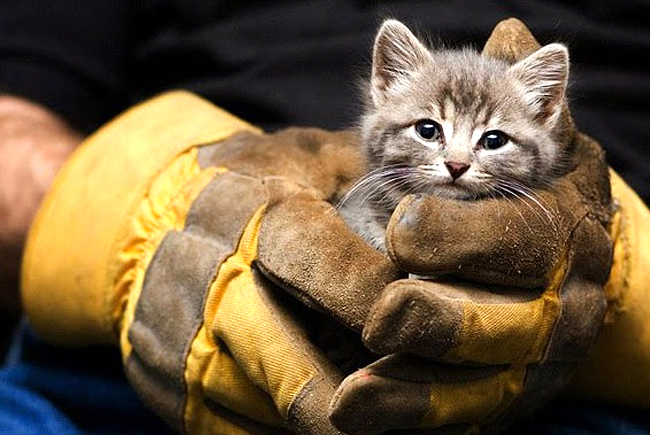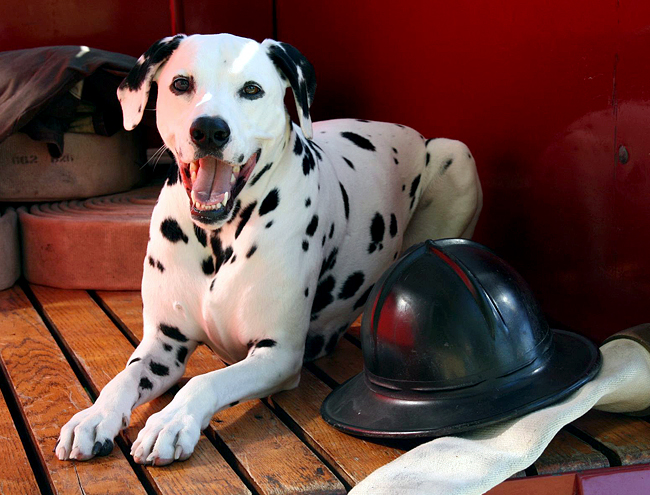What's Your Pet Fire Safety Plan?
Pets start an estimated 1,000 fires per year. While this isn’t a huge number, it’s easily preventable. Pet owners should identify the risks in their home and make sure they’re contained from pets. Risks to consider include, open flames such as candles, space heaters, stovetops, fireplaces, and frayed wires chewed by puppies.
Even if all fire hazards are contained from pets, there’s still always a chance of a house fire. According to the National Fire Protection Association (NFPA), there’s a home fire reported every 86 seconds in the United States. So while the hope is that you and your pets never have to face a fire, it’s important to have a plan.
In case of a fire, pet owners should hang window clings that let firefighters know there’s a pet in the home. The ASPCA offers a free Pet Fire Safety Pack that includes a window decal. When leaving home, pet owners should know where their pets are and keep them close to exits if possible. Pet owners should also consider investing in monitored smoke detectors that alert homeowners of a fire when they’re not home and automatically dispatch firefighters.


In case of a fire while pet owners are home, it’s important to have a plan in place that protects pet owners and pets. The NFPA website offers extensive planning resources, but here are some key practices to consider:
- Create an escape plan based on a variety of fire scenarios – what’s the best exit route? If you escape from a window, how will you get to your pet? If you’re unable to find your pet and have to exit, plan to leave a door open and call for them. If possible, select a door they use regularly.
- Assign roles so everyone isn’t scrambling for the pets at once. Who will be in charge of pets? Who will make sure leashes and/or carriers are on the escape routes and grab them so pets don’t run away in the chaos?
- Practice fire drills with your family and pets. Run through the various scenarios of finding them and removing them from the house, as well as leaving a door open and calling for them. If the process is familiar, pets will be more likely to follow instructions during a real emergency. Know the hideaways or safe-places often used by your pets when they’re scared. This will help you and/or emergency personnel find your pet if they’re missing.
As seen in the Cincinnati Enquirer Community Press.
